Home>Technology>Security & Surveillance>How To Lubricate Door Lock
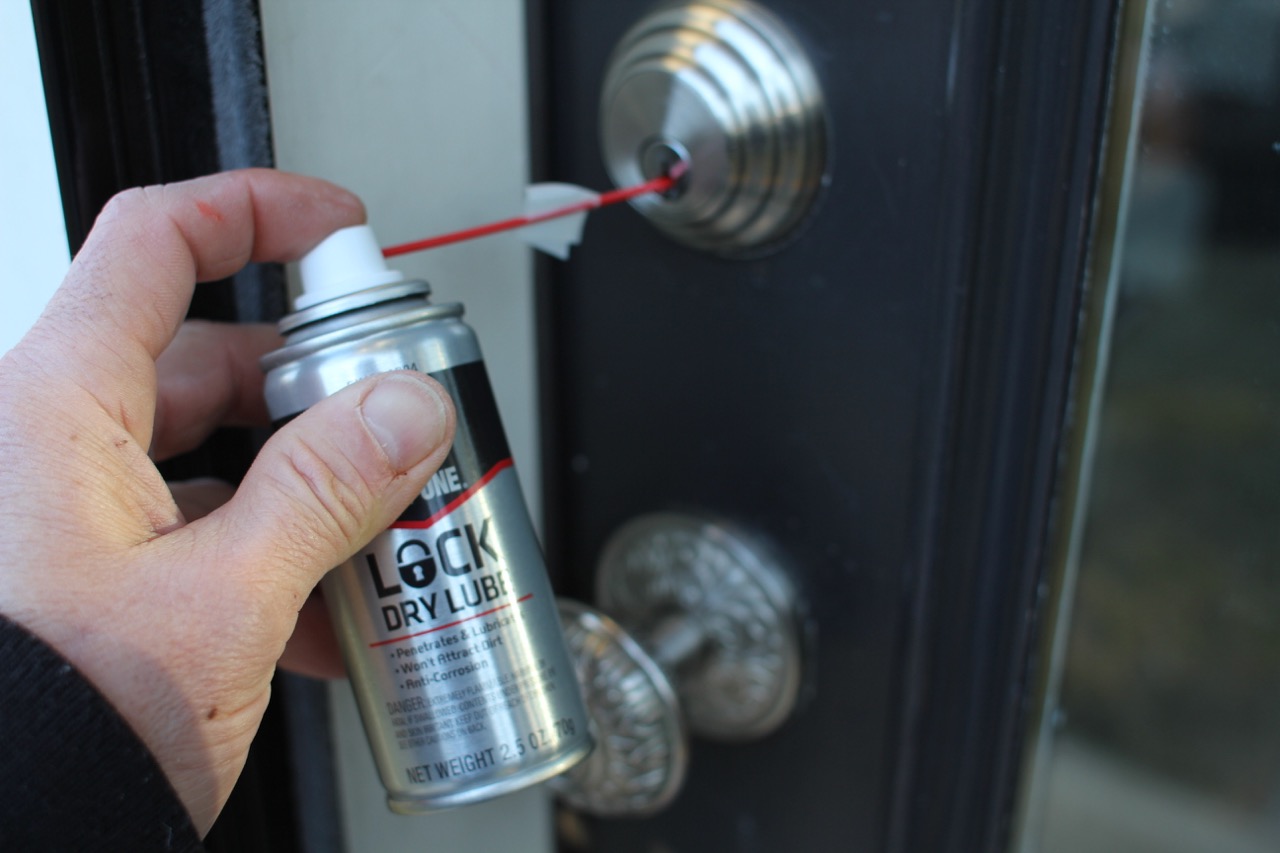

Security & Surveillance
How To Lubricate Door Lock
Published: December 26, 2023
Learn how to properly lubricate your door lock for smooth operation and improved security. Follow these simple steps to maintain your security and surveillance system.
(Many of the links in this article redirect to a specific reviewed product. Your purchase of these products through affiliate links helps to generate commission for Storables.com, at no extra cost. Learn more)
Introduction
Welcome to the world of home security and maintenance, where even the smallest details can make a significant difference. One such detail that often gets overlooked is the lubrication of door locks. While it may seem like a minor task, proper lubrication can extend the lifespan of your locks, prevent malfunctions, and ensure smooth operation.
Throughout this article, we will explore the importance of door lock lubrication, the types of lubricants suitable for this purpose, the step-by-step process of lubricating door locks, common mistakes to avoid, and the overall impact of this simple maintenance task. By the end, you will have a comprehensive understanding of why and how to keep your door locks in top-notch condition.
Key Takeaways:
- Regularly lubricating your door locks enhances security, extends their lifespan, and ensures smooth operation, contributing to the overall safety and convenience of your home or business.
- Choosing the right lubricant and avoiding common mistakes, such as neglecting regular maintenance and using the wrong lubricant, are essential for effective door lock maintenance and optimal performance.
Read more: How To Lubricate A Car Door Lock
Importance of Door Lock Lubrication
Door locks are the first line of defense for your home or business, and their proper functioning is crucial for security and peace of mind. Over time, locks can accumulate dust, dirt, and grime, leading to increased friction and potential malfunctions. This is where the significance of door lock lubrication comes into play.
Enhanced Security: Well-lubricated locks are less prone to jamming or sticking, ensuring that you can quickly and smoothly secure your property. In emergency situations, such as a fire or break-in, easy access to locked doors can be a matter of life and death.
Extended Lifespan: Regular lubrication can prevent premature wear and tear on the internal components of the lock, ultimately prolonging its lifespan. This simple maintenance task can save you from the inconvenience and expense of having to replace a malfunctioning lock.
Smooth Operation: A smoothly operating lock not only provides convenience but also reflects positively on the overall impression of your property. Visitors and potential buyers will appreciate the ease of access, and you can avoid the frustration of struggling with stubborn locks.
Prevention of Corrosion: Lubricants act as a protective barrier against moisture and corrosion, especially in regions with high humidity or exposure to the elements. By reducing the risk of rust and corrosion, you can maintain the structural integrity of your locks.
Reduced Noise: A well-lubricated lock operates quietly, minimizing unnecessary noise that could disturb household members or neighbors. This is particularly beneficial for late-night arrivals or departures.
By prioritizing the lubrication of your door locks, you are investing in the security, longevity, and functionality of your property’s first line of defense. With a clear understanding of the importance of this maintenance task, let’s delve into the next crucial aspect: the types of lubricants suitable for door locks.
Types of Lubricants for Door Locks
When it comes to lubricating door locks, not all lubricants are created equal. Selecting the right type of lubricant is essential to ensure optimal performance and longevity of the lock mechanism. Here are some common types of lubricants suitable for door locks:
- Silicone-Based Lubricants: Silicone-based sprays or gels are popular choices for lubricating door locks. They offer excellent lubrication properties without attracting dust and dirt, making them ideal for maintaining smooth lock operation.
- Teflon-Based Lubricants: Teflon-based lubricants provide long-lasting lubrication and are resistant to temperature fluctuations. They offer a dry, non-oily film that reduces friction and wear on lock components.
- Graphite Powder: Graphite powder is a dry lubricant that can be applied to door locks in small quantities. It effectively reduces friction and is particularly suitable for interior lock mechanisms.
- White Lithium Grease: This heavy-duty lubricant is ideal for outdoor locks or those exposed to harsh environmental conditions. It provides long-lasting protection against moisture and corrosion.
- Penetrating Oils: Penetrating oils, such as WD-40, can be used to free up stuck or stubborn locks. While they are effective for loosening mechanisms, they may not provide long-term lubrication and protection.
It’s important to note that while these lubricants offer specific advantages, it is crucial to avoid using any lubricant that contains particles or residues that could accumulate and impede the lock’s functionality over time. Additionally, always ensure that the chosen lubricant is compatible with the material of your lock and its surrounding components.
Now that we’ve explored the types of lubricants suitable for door locks, let’s move on to the step-by-step process of lubricating your door locks to maintain their optimal performance.
Use a silicone-based lubricant to lubricate the door lock. Apply a small amount to the key and insert it into the lock, then turn the key a few times to distribute the lubricant. Wipe away any excess to prevent buildup.
Steps to Lubricate Door Locks
Lubricating your door locks is a straightforward task that can yield significant benefits in terms of security and functionality. By following these simple steps, you can ensure that your locks remain in optimal condition:
- Gather the Necessary Supplies: Before beginning the lubrication process, gather the appropriate lubricant for your specific lock type, a clean rag, and a small brush or applicator for precise application.
- Clean the Lock Mechanism: Use the clean rag to remove any visible dirt, dust, or debris from the exterior of the lock. This step is essential to prevent contaminants from being pushed further into the mechanism during lubrication.
- Apply the Lubricant: Depending on the type of lubricant chosen, apply a small amount directly to the key and insert it into the lock. Turn the key back and forth to distribute the lubricant evenly throughout the internal components of the lock.
- Wipe Excess Lubricant: After applying the lubricant, use the clean rag to wipe away any excess product from the exterior of the lock. This helps prevent the accumulation of dirt and ensures a clean, professional appearance.
- Test the Lock: Insert and remove the key several times to ensure that the lock operates smoothly and without any resistance. If necessary, add a small amount of additional lubricant and continue testing until the desired smoothness is achieved.
- Repeat for Additional Locks: If you have multiple locks on your property, repeat the lubrication process for each one, ensuring that all entry points are properly maintained.
By following these steps, you can effectively lubricate your door locks and maintain their optimal performance. However, it’s important to be mindful of common mistakes that should be avoided to ensure the best results.
Let’s explore these common mistakes in the next section to ensure that you approach door lock lubrication with precision and care.
Common Mistakes to Avoid
While lubricating door locks is a relatively simple task, there are common mistakes that individuals may inadvertently make, potentially compromising the effectiveness of the lubrication process. By being aware of these pitfalls, you can ensure that your door locks receive the care and attention they deserve. Here are some common mistakes to avoid:
- Using the Wrong Lubricant: Using the wrong type of lubricant or applying an excessive amount can lead to buildup, attracting dirt and debris that may impede the lock’s functionality over time. It’s essential to select a lubricant specifically designed for door locks and apply it sparingly.
- Neglecting Regular Maintenance: Waiting until a lock begins to exhibit signs of stiffness or resistance before lubricating it can lead to unnecessary wear and potential damage. Regular maintenance, even if the locks seem to be functioning smoothly, can prevent future issues.
- Skipping Cleaning: Failing to clean the lock mechanism before applying lubricant can result in contaminants being pushed further into the internal components. Cleaning the lock beforehand is crucial for effective lubrication.
- Overlooking Surrounding Components: When lubricating a lock, it’s important to consider the entire mechanism, including the latch, strike plate, and hinges. Neglecting these components can impact the overall performance of the door and lock system.
- Ignoring Environmental Factors: For outdoor locks or those exposed to harsh conditions, it’s essential to choose a lubricant that provides protection against moisture, corrosion, and extreme temperatures. Ignoring these environmental factors can lead to premature lock failure.
- Applying Excessive Force: When testing the lock after lubrication, avoid applying excessive force or turning the key aggressively. Doing so may cause damage to the internal components and negate the benefits of the lubrication process.
By being mindful of these common mistakes and taking a proactive approach to door lock maintenance, you can ensure that your locks remain in optimal condition, providing reliable security and smooth operation.
As we conclude our exploration of door lock lubrication, it’s evident that this seemingly minor maintenance task can have a significant impact on the security and functionality of your property. Let’s summarize the key points before wrapping up.
Read more: How To Lubricate Sliding Glass Doors
Conclusion
In the realm of home security and maintenance, the lubrication of door locks stands as a crucial yet often overlooked practice. By understanding the importance of door lock lubrication, selecting the appropriate lubricants, and following a precise lubrication process, you can safeguard your property and ensure the smooth operation of your locks.
Properly lubricated door locks offer enhanced security, extended lifespan, smooth operation, prevention of corrosion, and reduced noise. These benefits contribute to a sense of security, convenience, and overall peace of mind for homeowners and property managers.
When approaching the lubrication of door locks, it’s essential to avoid common mistakes such as using the wrong lubricant, neglecting regular maintenance, skipping cleaning, overlooking surrounding components, ignoring environmental factors, and applying excessive force during testing.
By incorporating door lock lubrication into your regular maintenance routine and being mindful of potential pitfalls, you can ensure that your locks remain in optimal condition, ready to fulfill their vital role in safeguarding your property and providing secure access.
Remember, the small yet impactful act of lubricating your door locks can make a significant difference in the overall security and functionality of your home or business. By prioritizing this maintenance task, you are investing in the long-term well-being of your property and the safety of its occupants.
So, take the time to give your door locks the attention they deserve, and reap the rewards of a secure and smoothly operating entryway. Your diligence in this simple yet impactful maintenance practice will undoubtedly contribute to the overall integrity and resilience of your property’s security system.
Frequently Asked Questions about How To Lubricate Door Lock
Was this page helpful?
At Storables.com, we guarantee accurate and reliable information. Our content, validated by Expert Board Contributors, is crafted following stringent Editorial Policies. We're committed to providing you with well-researched, expert-backed insights for all your informational needs.

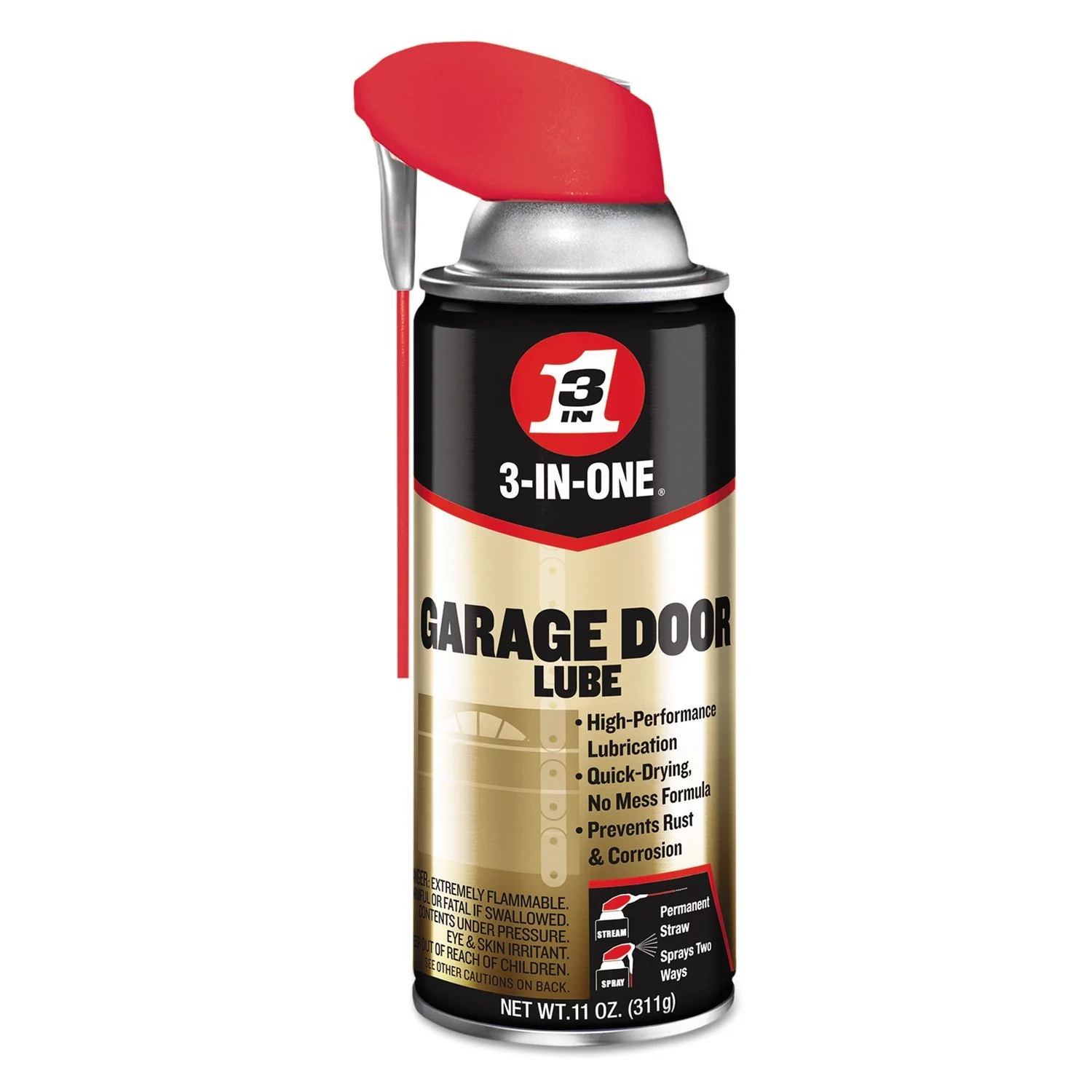
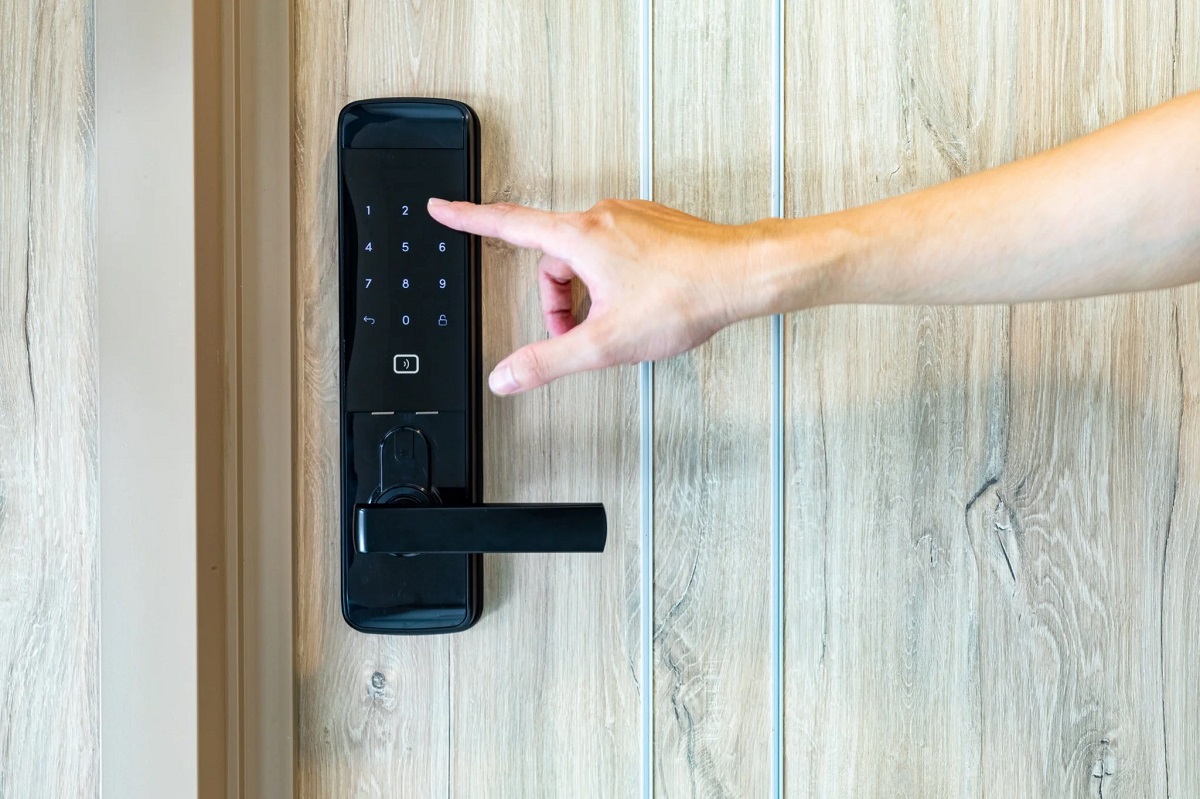
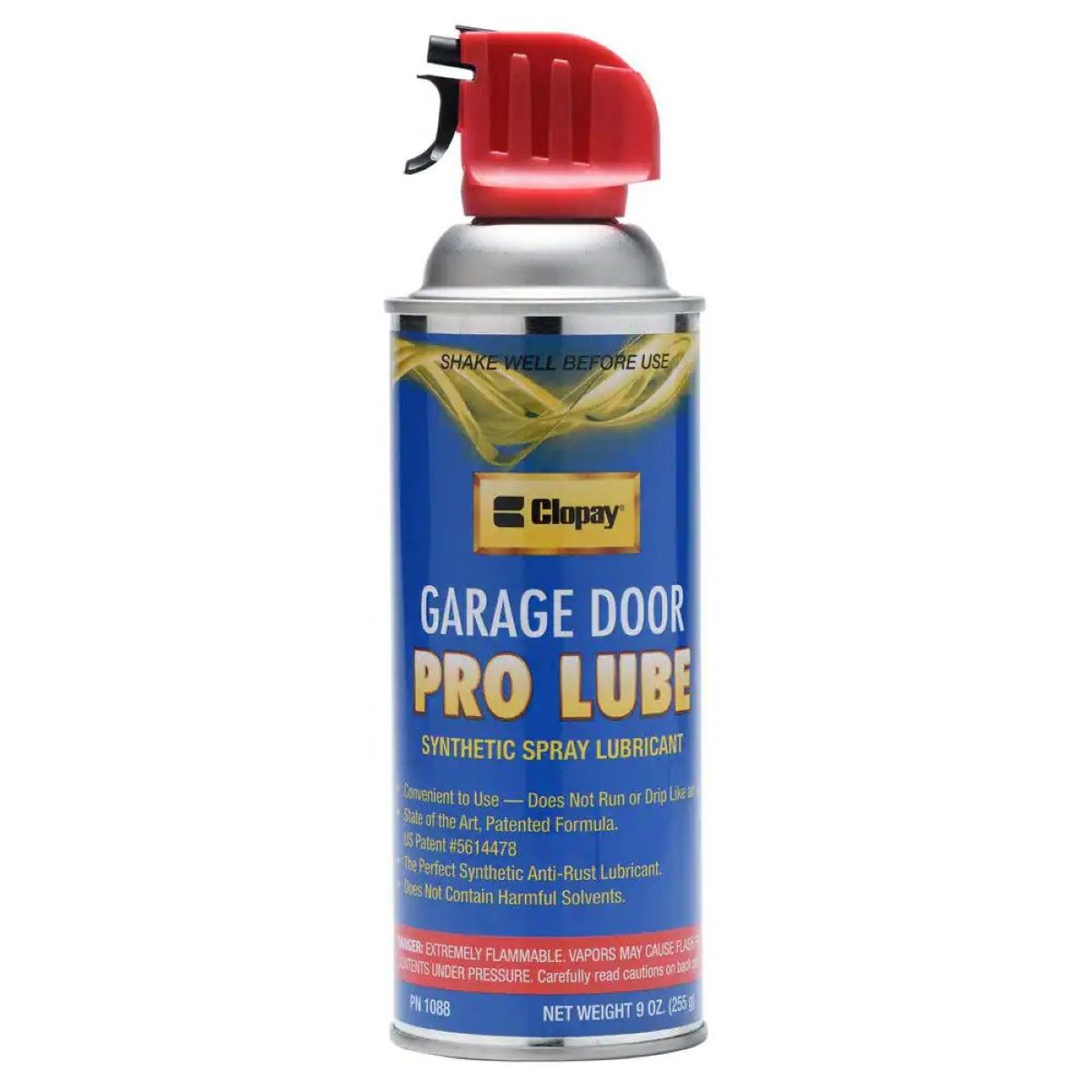
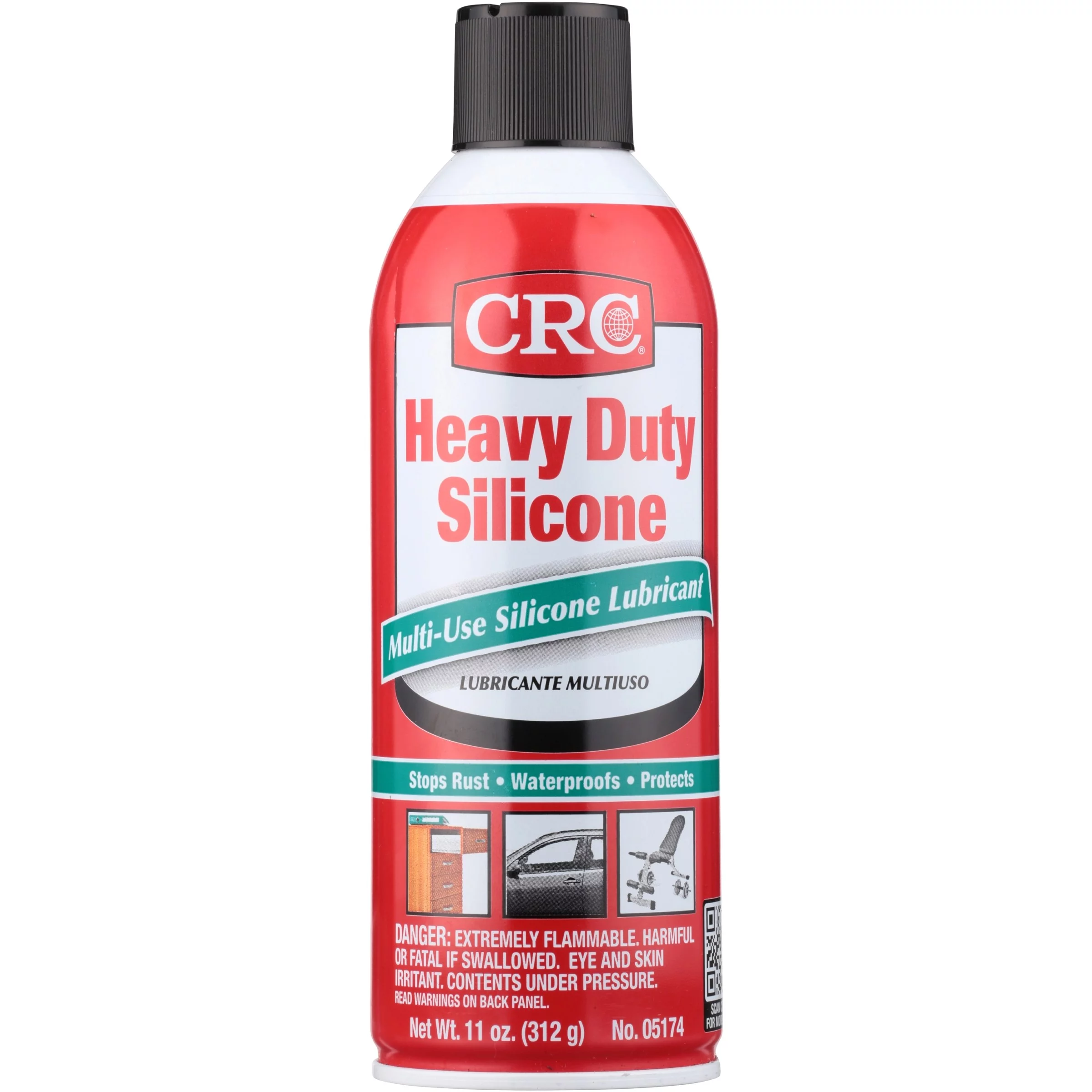

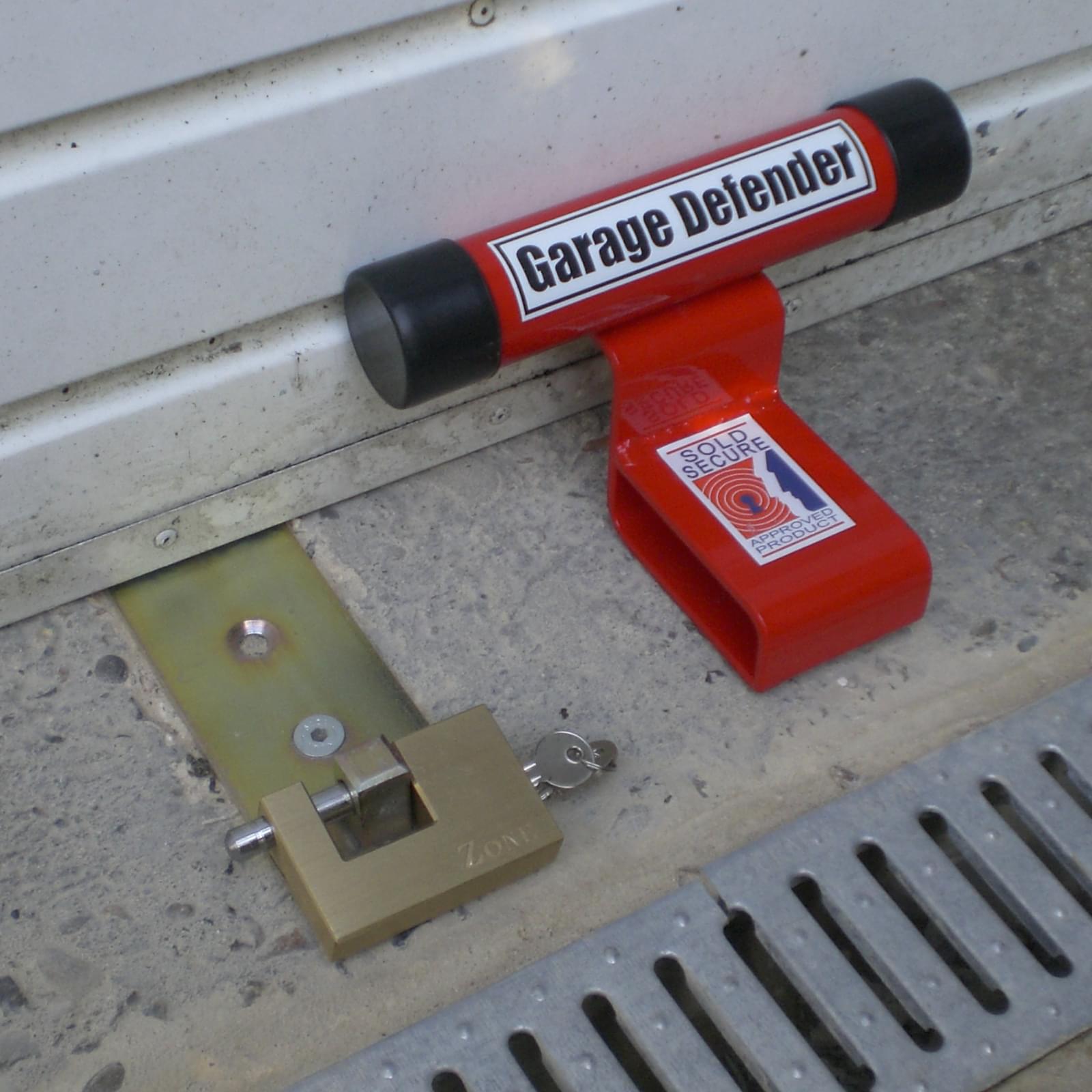
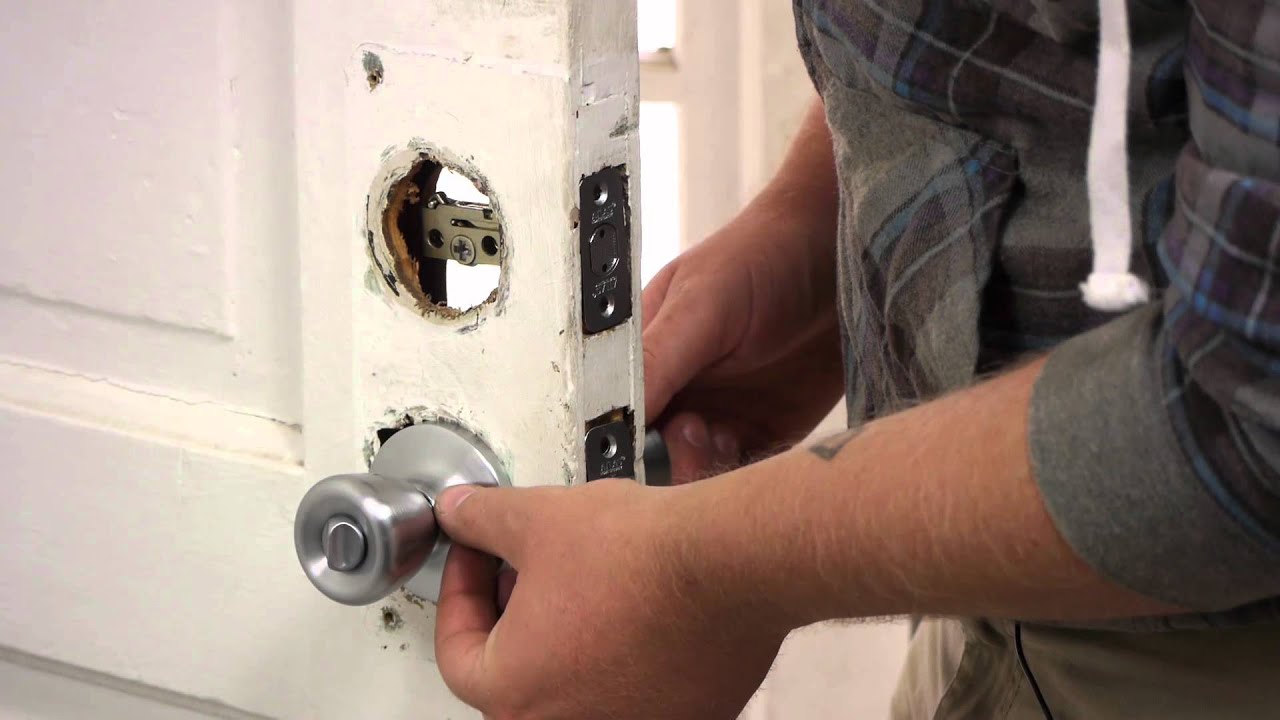
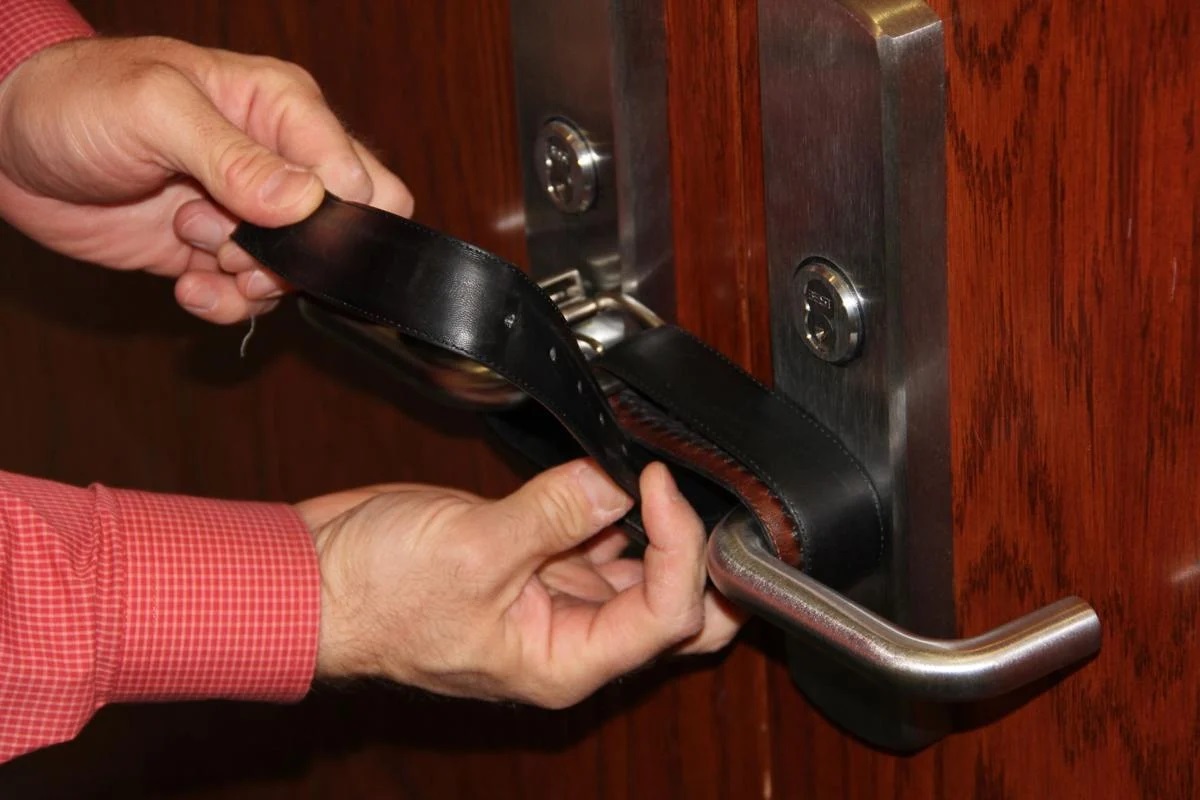
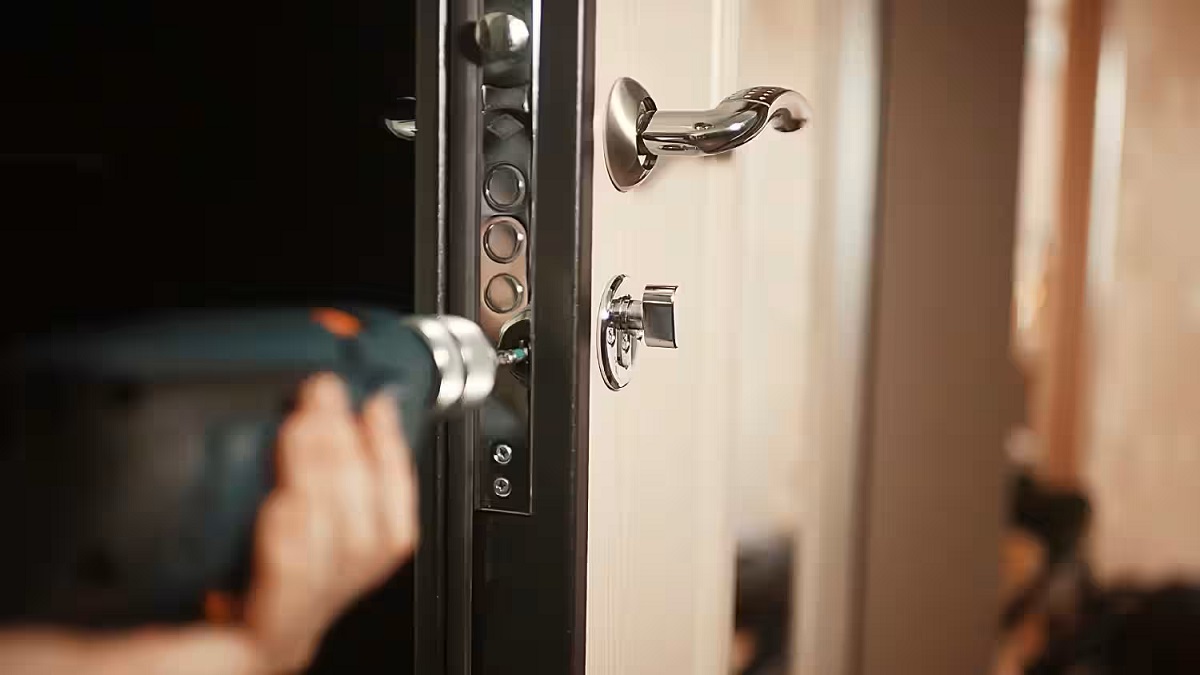
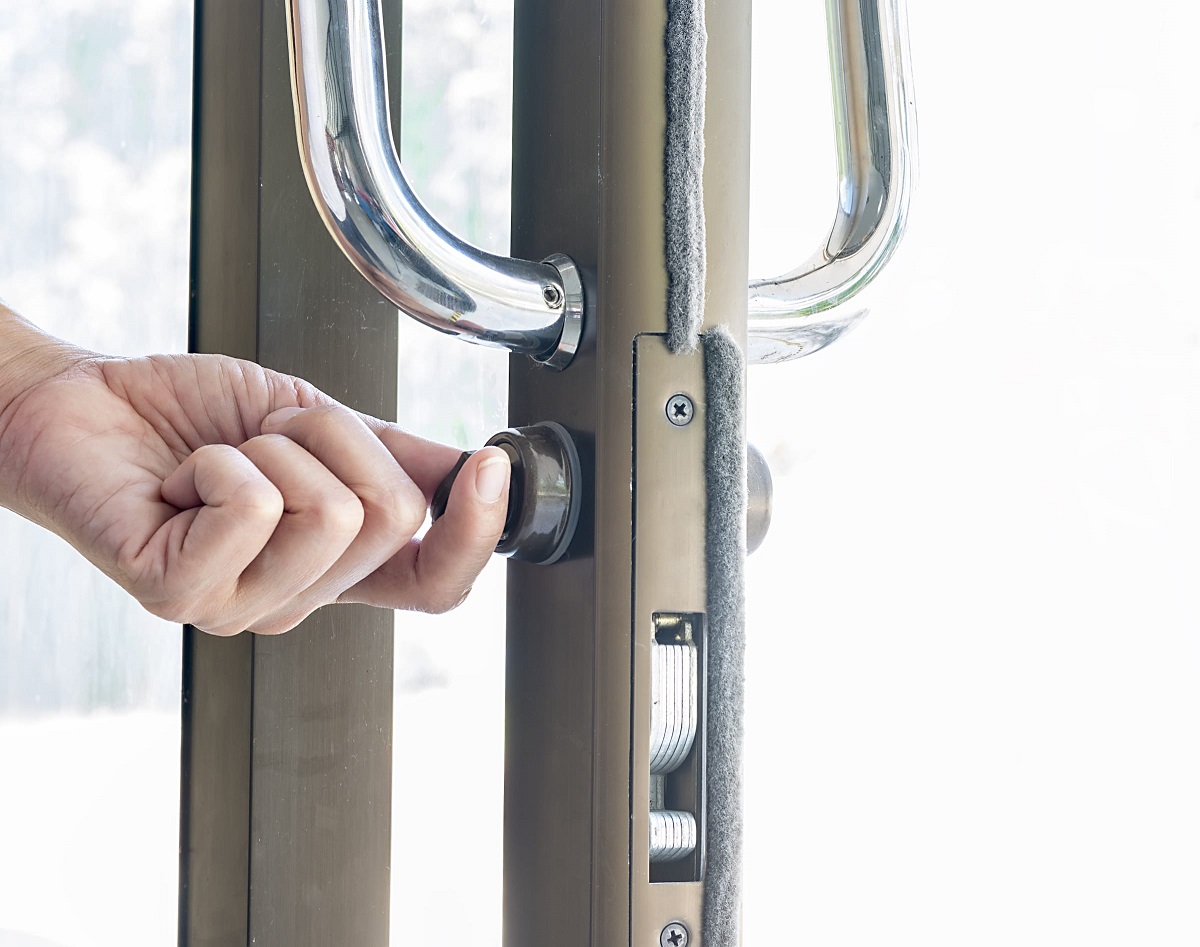
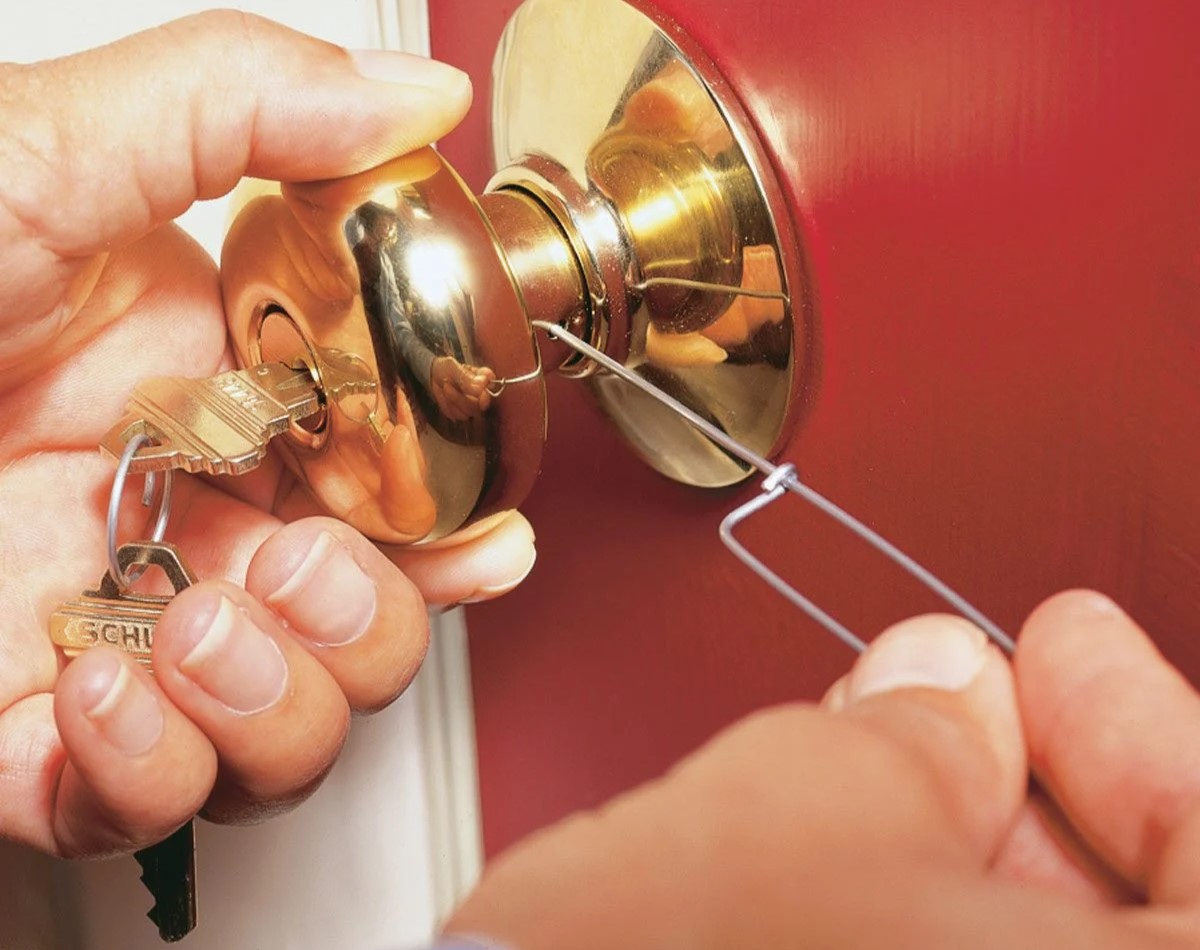
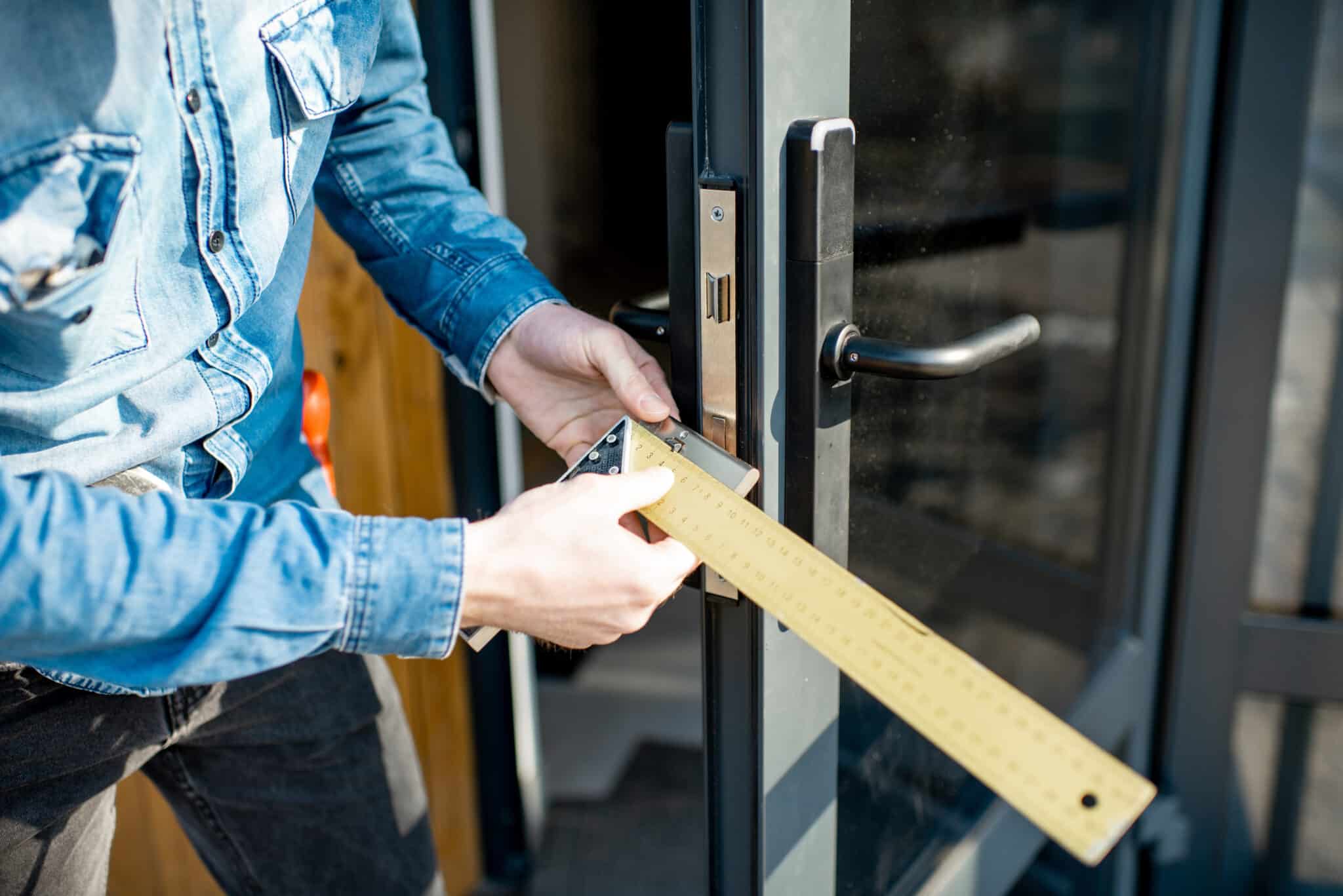
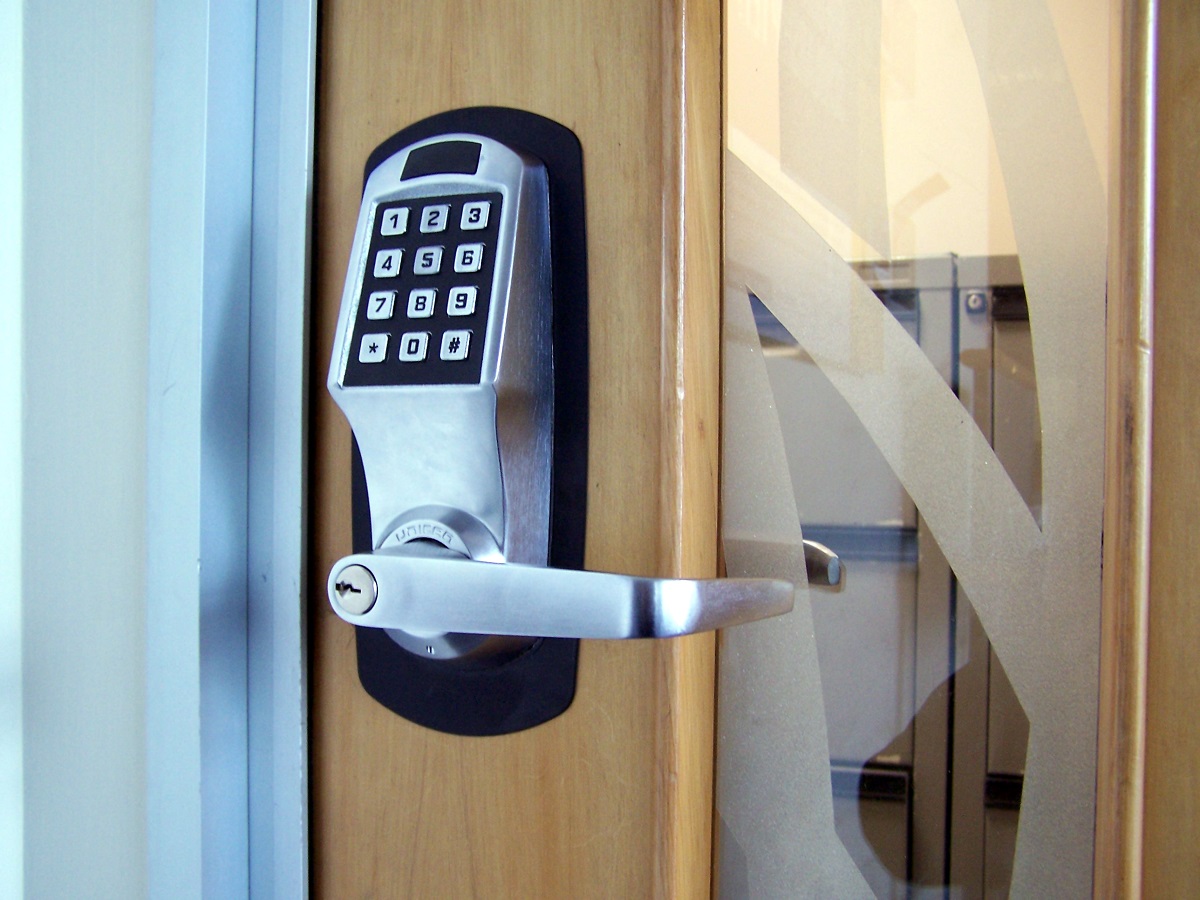

0 thoughts on “How To Lubricate Door Lock”